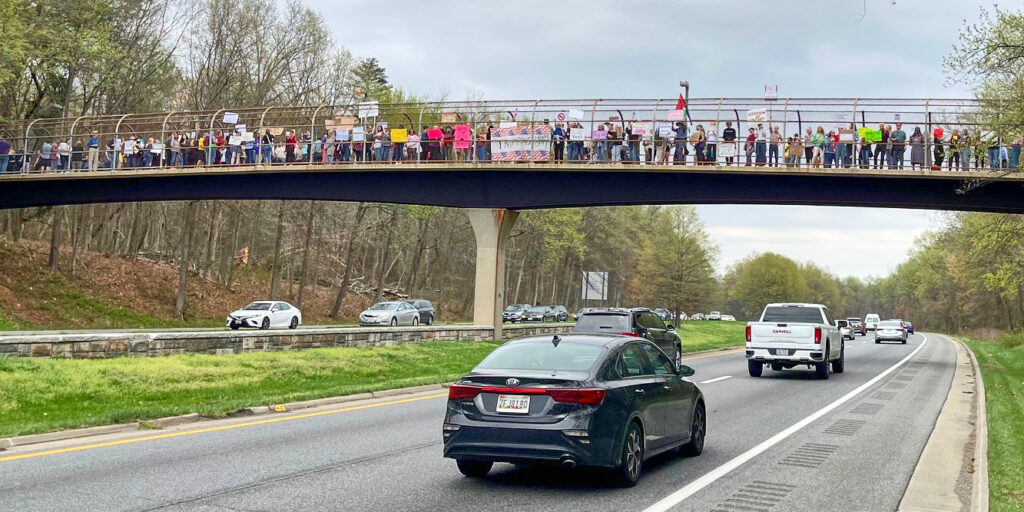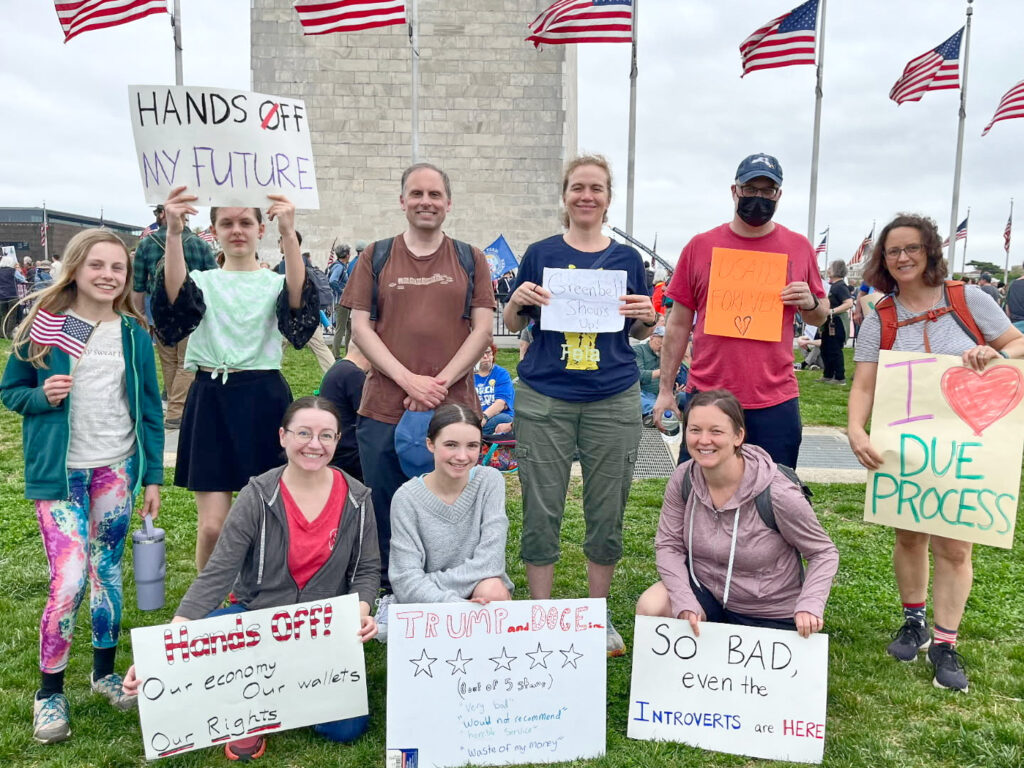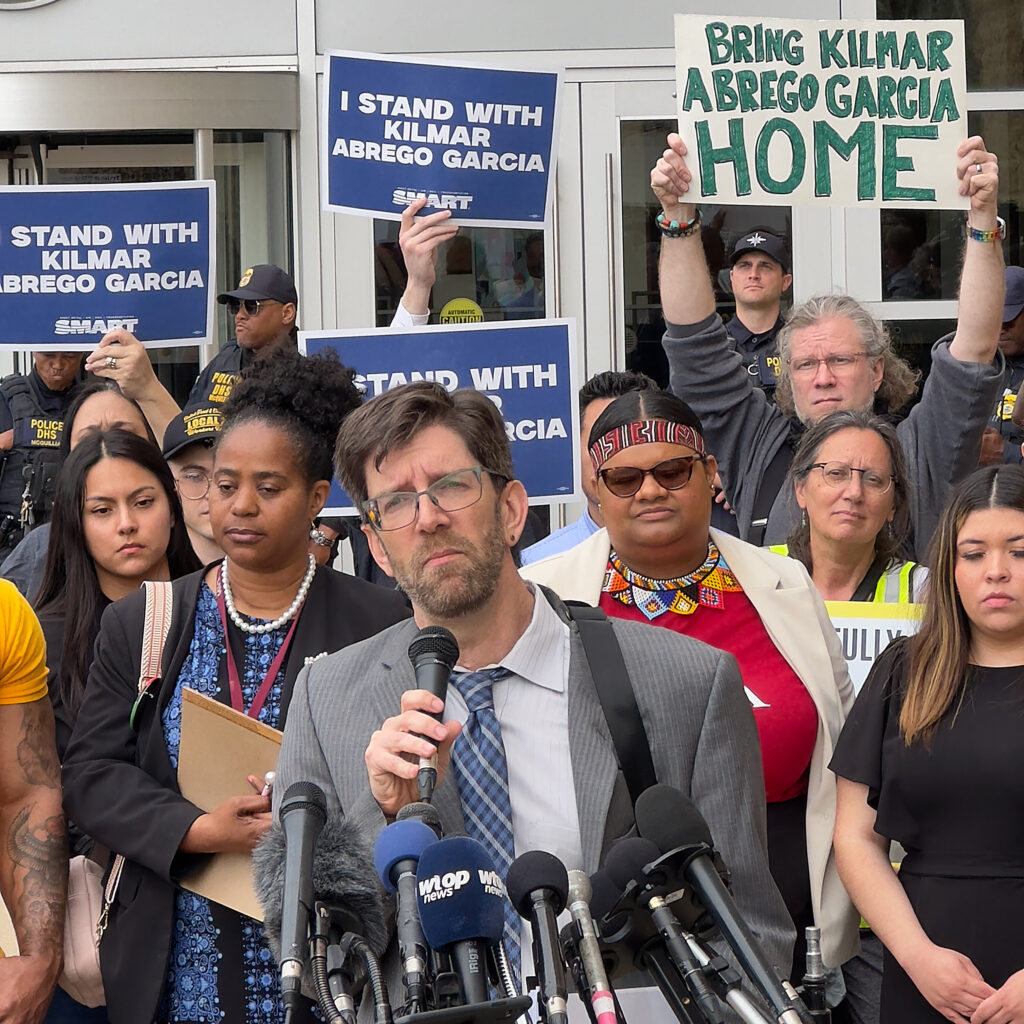The Greenbelt City Council gathering on December 18 began with a worksession with representatives from Tribesy Consulting who presented their overview of their Diversity, Equity and Inclusion (DEI) audit of the city. This was built upon a Phase I internal audit conducted under the city’s DEI Department, headed by Tyra Smith, who was also present. Smith said that the city’s Justice, Equity, Diversity and Inclusion Action Team (JAT) had recently drafted a vision statement, which would define DEI concepts as they apply to the city, with the goal being to integrate them into all city functions and departments as part of an upcoming strategic plan.
This Phase II audit targeted gathering personal impressions from the city’s residents and visitors, especially those who would often not otherwise engage in local government. Ninety-one people were interviewed, with the following ethnic breakdown: 62 percent African Diaspora; 21 percent white; 13 percent colonized by Spain; 3 percent other or unknown; and 1 percent Asian. Concerning the age range, the percentages worked out to a majority being the ages between 30 and 40, the next largest being those in their 50s, and the smallest group being those in their 20s. Councilmember Kristen Weaver expressed that this seemed an accurate demographic representation for the most part.
The locations or events focused on were: Springhill Lake Recreation Center, Franklin Park Back to School Rally, Beltway Plaza, Hook and Reel restaurant, Greenbelt Community Center, Greenbriar Community Center and Schrom Hills Park.
Tribesy consultant Gail Watts said that the audit should be viewed as a story, which acknowledges the reality of the city’s past and present, as well as envisioning a future where all residents will feel a greater sense of community, with an equal voice in the city’s evolution. The purpose of the audit is to inform the JAT’s strategic plan, and should be used in all transparency with all sectors of the city, providing a baseline of community perspectives. A wide variety of topics were covered, including: city governance, recreation, voting in the last election and public safety, among many others.
Strengths, Weaknesses
The audit laid out both the city’s strengths and challenges as perceived by the persons who participated. The strengths were: small-town feel, parks and trails, services for seniors, community policing, accessible events and JEDI focus groups. The audit presented other opportunities to build on further, including transportation, youth and family engagement and police-community relations.
Insufficient communication between the city’s neighborhoods, a lack of inclusivity and a sense of stigma within the city stood out as the biggest negative perceptions. There was a sense that historic Greenbelt receives the most attention and consideration, to the detriment of the rest of the city. Recreation disparities, housing affordability and safety at night also ranked high among the challenges.
Suggested Solutions
Some suggested solutions to the communication problem were online messaging (favored by younger residents) or newsletters (favored by older residents), yet Watts expressed that simply going out into the neighborhoods themselves would be the most effective. Mayor Emmett Jordan and Weaver said that this had been done in the past, but Weaver said that more could still be done.
Smith said that the city will continue to work with Tribesy on a next phase audit, expecting “an exciting road ahead of us.” The focus on this phase will be community healing, both as a process and an outcome, according to Watts.



